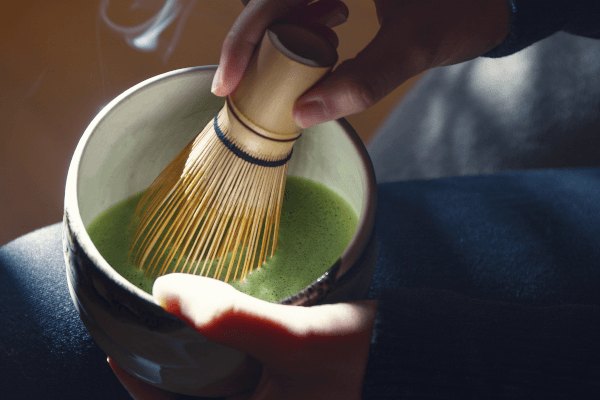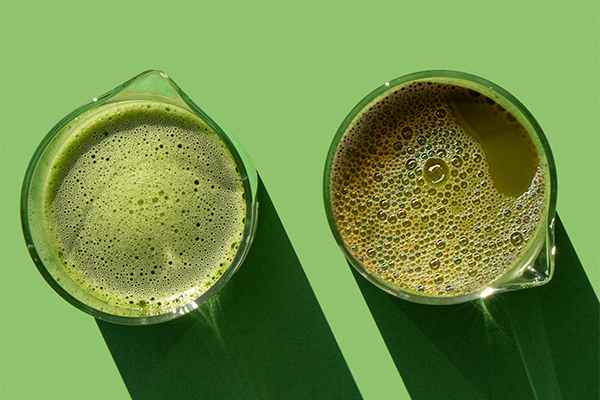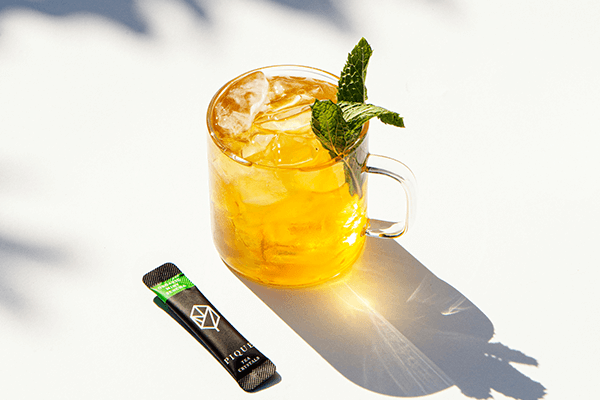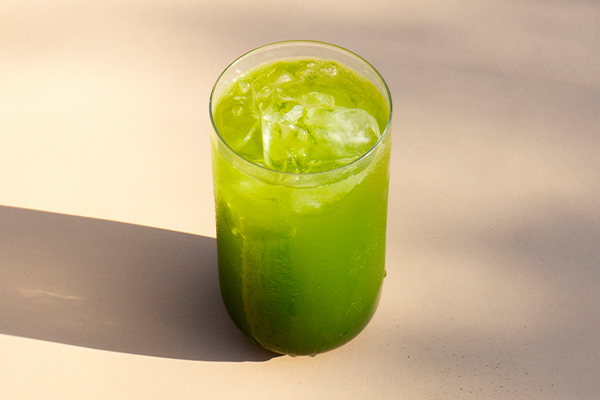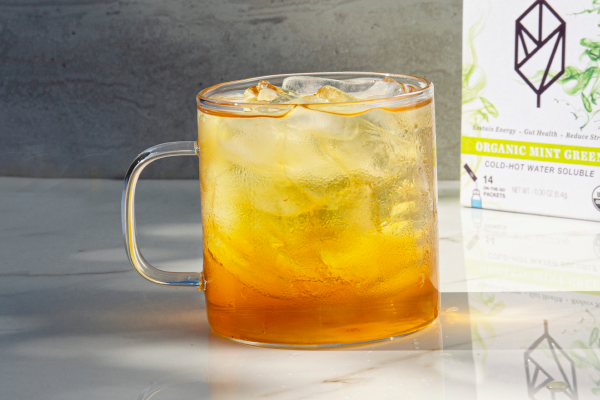Thanks to its thicker texture and richer flavor, matcha green tea makes for a unique drinking experience… if it’s prepared correctly.
Unlike regular loose leaf tea, which can still taste delicious even if brewing times and temperatures aren’t exact, matcha is less forgiving. Errors could result in a grainy beverage that quite literally leaves a bad taste in your mouth.
To get the most out of drinking matcha, it’s critical to make it right. Here’s how.
A Brief History of Matcha
Matcha may be easy to come by today in your local tea or coffee shop, but historically it was a much more revered drink, signaled by matcha green tea’s central place in the Japanese tea ceremony.
Learning how to prepare matcha demands a dive into its history and cultural significance. Though the exact origins of matcha depend on who you ask, most agree that green tea powder emerged about 1,000 years ago, between the 10th and 13th centuries.
Green tea in particular has strong ties to Japan. Around the 1500s, Zen Buddhists developed the Japanese Tea Ceremony — a social gathering that revolves around appreciation of nature, tapping into spirituality, enjoying quiet conversation with fellow guests, and Japanese green tea, of course.
At the center of this ritual is preparation of a cup of tea.
There are specific rules governing when the tea should be prepared, how it should be passed from guest to guest, and in what order they get to enjoy it. All of this is to underscore that quality matcha is special, and preparing it correctly calls for a bit of time and attention.
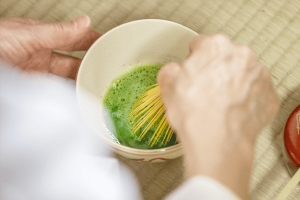
Traditional Matcha Preparation
The Tools
The first things a traditional matcha drinker will need are the right tools for whisking and more. Here are the implements to know for making matcha step-by-step:
-
- Chawan: a small ceramic bowl used for mixing and drinking. Bowls are used instead of cups or mugs so that you can wrap your hands fully around your drink and allow the warmth and aromas to envelop your face when you take a sip. They allow for a more sensory experience. If you don’t have a traditional chawan, any small bowl or even a large soup mug will work just fine as your matcha bowl.
- Chasen: a bamboo whisk used to mix and froth up your matcha powder. While any small whisk would do the trick, the flexible spindles of the bamboo whisk ensure particles can’t settle into the corners of the bowl that a rigid whisk might not be able to touch easily. It’s also more quiet… an important component of tea ceremonies designed to foster introspection. If you will be using regular wire as your matcha whisk, just make sure it is small enough for the bowl you’ll be using to drink from.
- Chashaku: a small bamboo spoon with a long, narrow handle used to measure out your matcha. Again, any spoon will do just fine. But the size of the traditional bamboo spoon seems perfectly calibrated to scoop out the right ratio of matcha to water. If using a standard teaspoon, which is a bit larger than a chashaku, just be sure not to scoop a “rounded” teaspoon, which could be too large a serving and will throw off the consistency (and ideal vegetal taste) of your matcha tea.
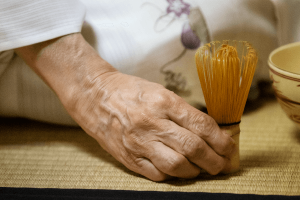
The Process
The first step for silky smooth matcha is to sift the powder through a fine mesh strainer, getting rid of any clumps. This is especially important if you aren’t using high-quality ceremonial grade matcha, which is already a fine powder.
There are two types of matcha preparation: thick (“koicha”) or thin (“usucha”). To make thin tea, use 1 teaspoon of powder per 6 ounces of water. For thick tea, use 2 teaspoons. Scoop it into your chawan first.
Bring your water to a boil and let it cool slightly, for about one minute. Once the boiling water has calmed, pour a few tablespoons over your powder and start to whisk, ensuring all of the powder is saturated and the water starts to thicken up. Then pour in the rest of your hot water and whisk gently, using just the wrist, until your powder is fully incorporated. After a good whisk, it should develop a foamy texture on the top, and a beautiful green color.
What’s the Best Way to Consume Matcha?
Matcha is meant to be consumed right away, before the powder gets a chance to settle at the bottom of the tea bowl. While the matcha latte is a popular drink today, it’s traditional to leave out any additives like milk or sweetener, especially with highest quality matcha.
And, of course, it’s usually meant to be enjoyed with company.
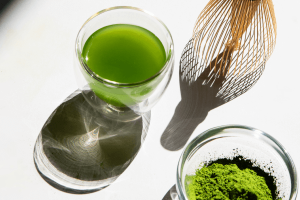
The Takeaway
Matcha may be steeped in tradition and ritual, but it’s easy to make at home. All you need is a bowl, a whisk and a spoon to enjoy all of matcha green tea’s health benefits and rich umami flavor.
